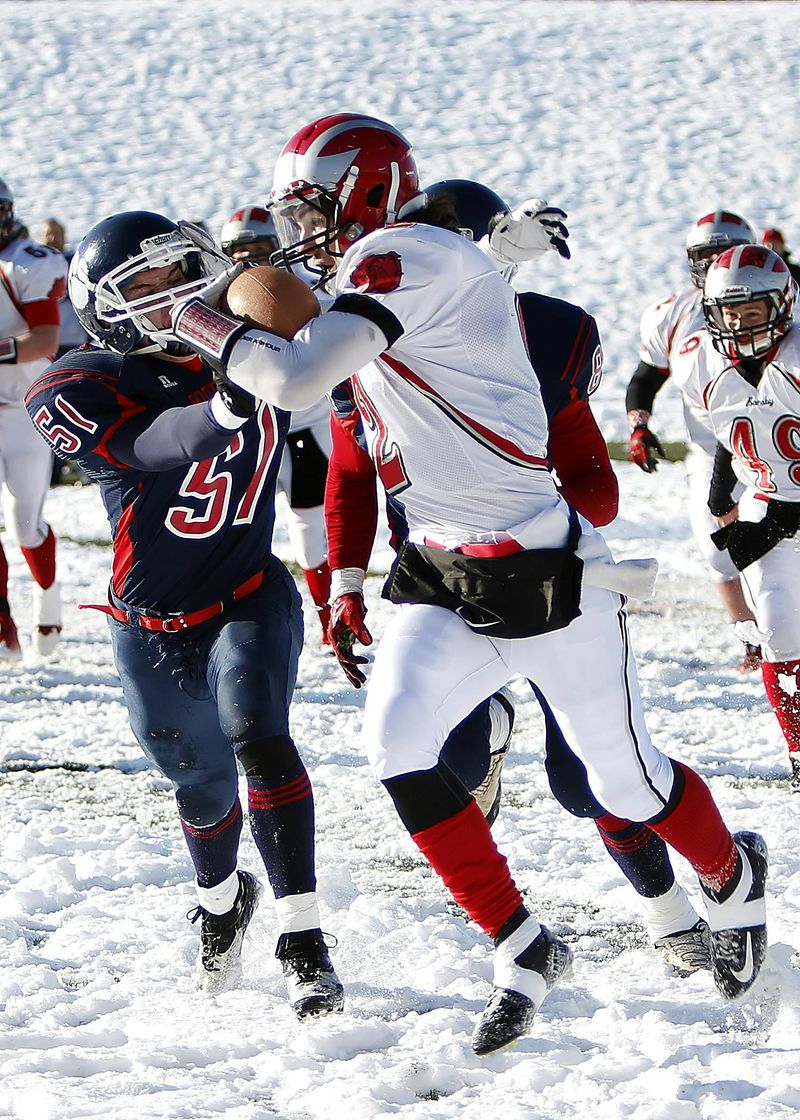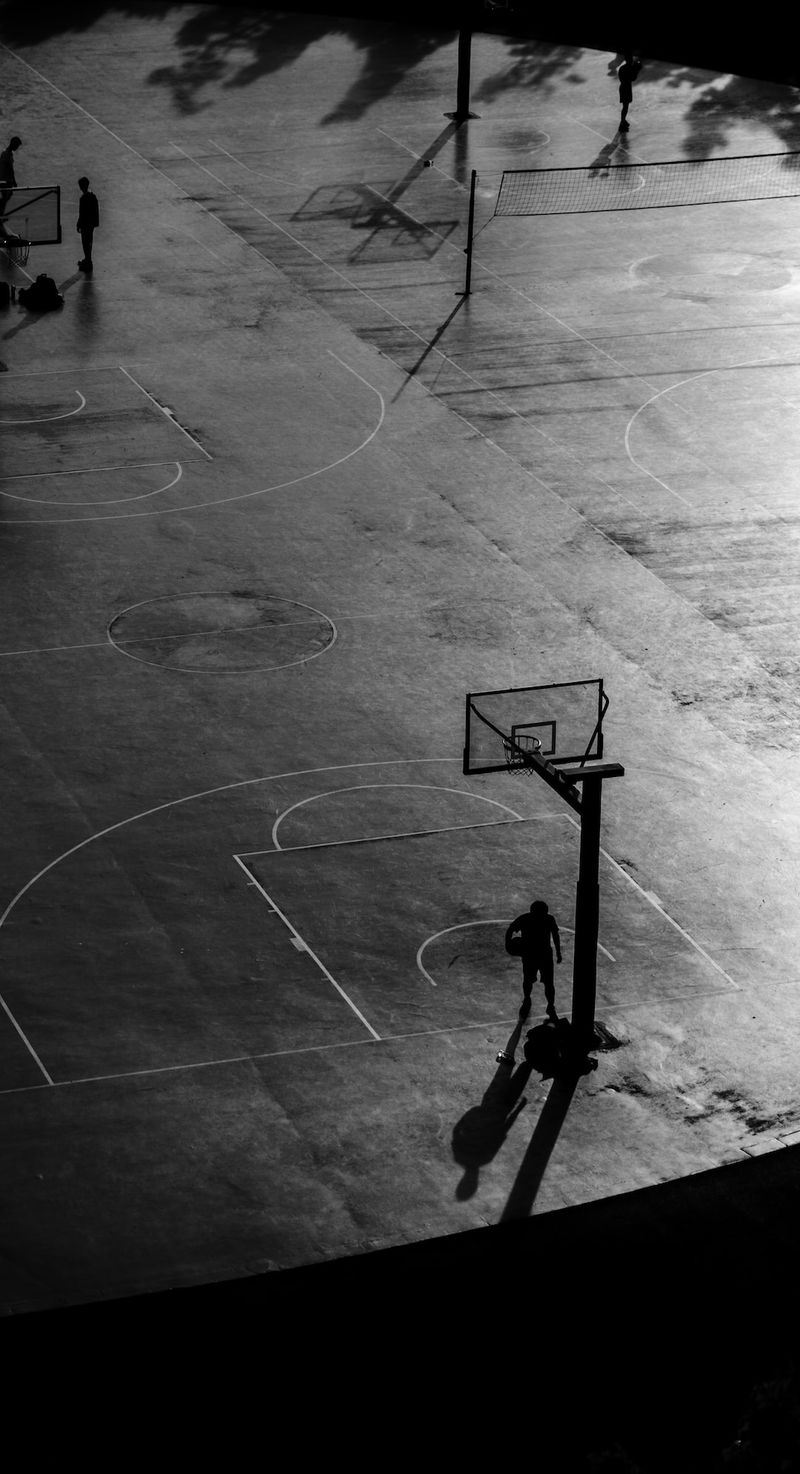Injury to Adam Johnson Raises Concerns about Player Safety in Hockey
Horrific On-Ice Collision
Former NHL forward Adam Johnson was severely injured in a terrifying on-ice collision during a game in Britain’s top hockey league. The incident occurred when Johnson’s neck appeared to be cut by a skate. A video clip of the broadcast shows Johnson colliding with an opposing player and both players falling to the ice. Johnson quickly gets up, but there is a noticeable amount of blood on his jersey and the ice. He tries to skate back to the bench while a teammate puts pressure on his neck. The severity of Johnson’s injury is yet to be confirmed.
The Elite Ice Hockey League
Adam Johnson, 29, currently plays for the Nottingham Panthers of the Elite Ice Hockey League in Britain. The league consists of 10 franchises, including teams in Northern Ireland, Wales, Scotland, and England. The incident occurred during a Challenge Cup match against the Sheffield Steelers, which was stopped in the 34th minute due to the “bad injury.” Fans were later asked to leave the building because of a “major medical emergency.”
A Promising Career
Johnson, who signed with Nottingham in the summer of 2021, played for the Pittsburgh Penguins in the NHL. Although his NHL stint was relatively short, he showed promise, scoring a goal and four points in 13 games over parts of the 2018-19 and 2019-20 seasons. The Pittsburgh Penguins were unable to provide an update on Johnson’s condition following their game against the Ottawa Senators. Coach Mike Sullivan and several players on the Penguins’ roster were familiar with Johnson from his time in the AHL.
Messages of Support
Johnson’s former teammates and colleagues have been quick to express their concern and support. Matt Cullen, a former center who played with Johnson in Pittsburgh, described him as an “unreal kid” and a “salt of the earth kind of guy.” Cullen highlighted Johnson’s love for the game of hockey and his easygoing nature.
The University of Minnesota Duluth men’s hockey team, where Johnson played collegiately for two seasons, also shared their support on social media. They sent their best wishes to Johnson and his family, friends, and teammates, while hoping for a positive update on his condition.
Rare Occurrence But Not Unprecedented
Severe neck injuries are fortunately uncommon in hockey, though not unprecedented. One notable incident occurred in 1989 when Clint Malarchuk, an NHL goaltender, had his jugular vein severed by a skate. Later, in 2008, Richard Zednik, a forward for the Florida Panthers, had his carotid artery sliced open by a teammate’s skate. Both players underwent emergency surgery and were able to continue their careers after recovery.
While such injuries are rare, they serve as a stark reminder of the dangers that hockey players face on the ice. The incident involving Adam Johnson should prompt a reassessment of player safety protocols in the sport.
Philosophical Discussion: Balancing Tradition and Safety
Hockey has always been a sport known for its physicality and the risks associated with that. From the battles along the boards to the bone-jarring hits, these elements have become part of the fabric of the game. However, as technology and medical understanding of head and neck injuries advance, it becomes necessary to strike a balance between the traditional aspects of the sport and the safety of its participants.
The incident involving Adam Johnson raises important questions about player safety and the measures in place to protect athletes. While severe neck injuries are relatively rare, they have the potential to be catastrophic. The consequences can include life-threatening injuries, long-term physical and psychological trauma, and even career-ending outcomes.
Enhancing Player Safety Measures
As the game of hockey evolves, so too must its safety protocols. The NHL has made significant strides in recent years to address head injuries and improve player safety. Rules have been implemented to reduce dangerous hits and penalize actions that put players at risk. Additionally, the league has invested in research and player education to raise awareness of the long-term effects of head and neck injuries.
However, incidents like the one involving Adam Johnson serve as a reminder that more can and should be done. Hockey authorities at all levels must continue to prioritize player safety, investing in research and innovation to develop better equipment, enforce stricter rules, and provide comprehensive medical support during and after games.
A Cultural Shift
Player safety is not solely the responsibility of governing bodies and medical professionals; it requires a collective effort from coaches, players, and fans. It calls for a cultural shift within the sport to prioritize the long-term health and well-being of athletes.
Coaches should emphasize proper technique and instill a culture of respect and fair play. Players must take personal responsibility for their actions on the ice, recognizing that their decisions can have severe consequences for themselves and their opponents. And fans, while embracing the physicality of the game, must also value the safety and welfare of the athletes they admire.
Editorial: A Call for Action
The incident involving Adam Johnson should serve as a wake-up call for the hockey community. It is essential for leagues, teams, and players to come together and reevaluate the existing safety measures and protocols.
First and foremost, there must be an open and honest discussion about the risks associated with the sport. While hockey will always be a physical game, it is crucial to find a balance that allows for excitement and intensity while minimizing the potential for life-altering injuries.
Secondly, there should be a thorough examination of equipment standards. The development of advanced materials and technologies should be incorporated into the design of protective gear to provide the best possible protection for players.
Finally, investment in research and medical support should be a priority. The understanding of head and neck injuries is constantly evolving, and it is essential to stay at the forefront of medical knowledge in order to provide the best care for injured players.
Conclusion: A Safer Future for Hockey
The incident involving Adam Johnson is a stark reminder of the dangers that hockey players face on the ice. It serves as an opportunity for the hockey community to come together and prioritize player safety.
By enhancing safety measures, promoting a culture of respect and fair play, and investing in research and medical support, the sport of hockey can evolve while remaining true to its roots. It is possible to balance tradition and safety, ensuring that players can continue to compete at the highest level without unnecessary risk to their health and well-being.

<< photo by Pixabay >>
The image is for illustrative purposes only and does not depict the actual situation.
You might want to read !
- Canadiens Stage Spectacular Comeback, Defeat Jets in Shootout with Allen’s Heroic Saves
- Injury Setback for Maple Leafs’ Liljegren: A Blow to Toronto’s Blue Line Depth
- Bellingham’s Late Heroics Secure Real Madrid Triumph at …
OR
Bellingham’s Stoppage-Time Strike Propels Real Madrid to Victory at …
- Battle of the Blueline: Breaking Down the Maple Leafs vs. Predators Overtime Stalemate
- Blue Jays’ Pitcher Strikes Angels’ Taylor Ward in the Face: Examining Safety Measures in Baseball
- “Angels’ Taylor Ward Injured in Face by Blue Jays Pitch: Examining Player Safety in Baseball”
- Matthew Tkachuk’s Hit on Jack Eichel Fuels Debate over NHL Player Safety
- Bills RB Harris Sustains Neck Injury; Immediate Medical Attention Required in Game against Giants




